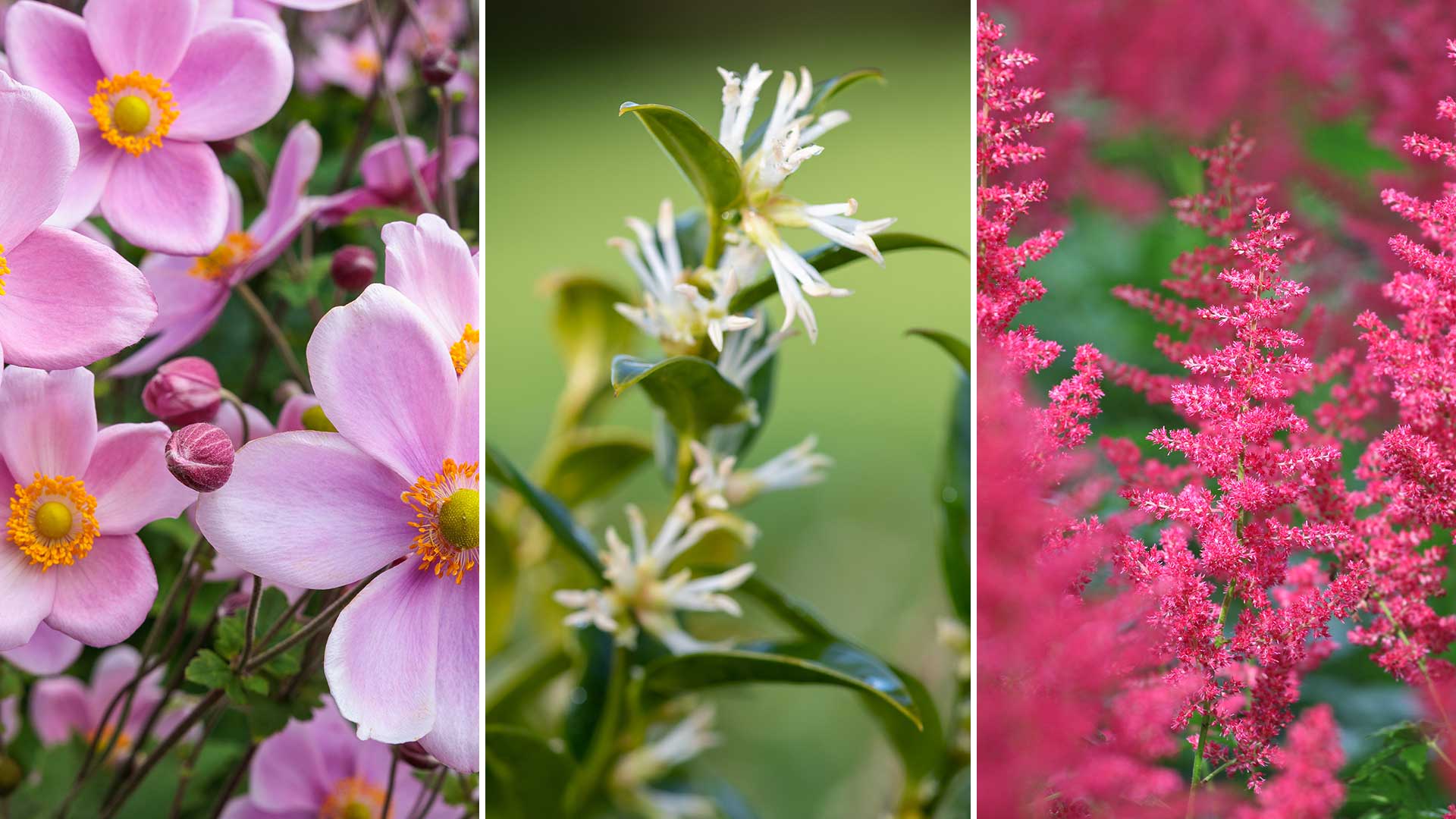
If you're pondering plants for shade, you've come to the right place. Some corners of your plot may be dark, but they needn't be dull, as plenty of pretty perennials thrive in gloomier conditions.
While some garden trends work best in bright spots (such as wildflower borders filled with ox-eye daisies and other sun lovers), the right shade plants will still add serious style points to your space. With lots of blooming options, you don't have to miss out on flowers, while opting for evergreen choices will give you lush green tones year-round.
Below, you'll find eight top plants for shade, recommended by gardening experts, including shrubs, ground covers, and ornamental grass. There are also tips for growing them, as well as specific varieties to try.
8 of the best plants for shade, recommended by experts
Almost every garden has a bit of shade somewhere, whether that's around the side of the house or beneath a tree. City gardens can be particularly dark; as garden designer Harriet Worsley points out, most areas in the garden are at least in semi-shade due to high surrounding buildings.
The following best plants are the most shade-loving plants that can help bring these sometimes-difficult spots to life.
1. Camellia
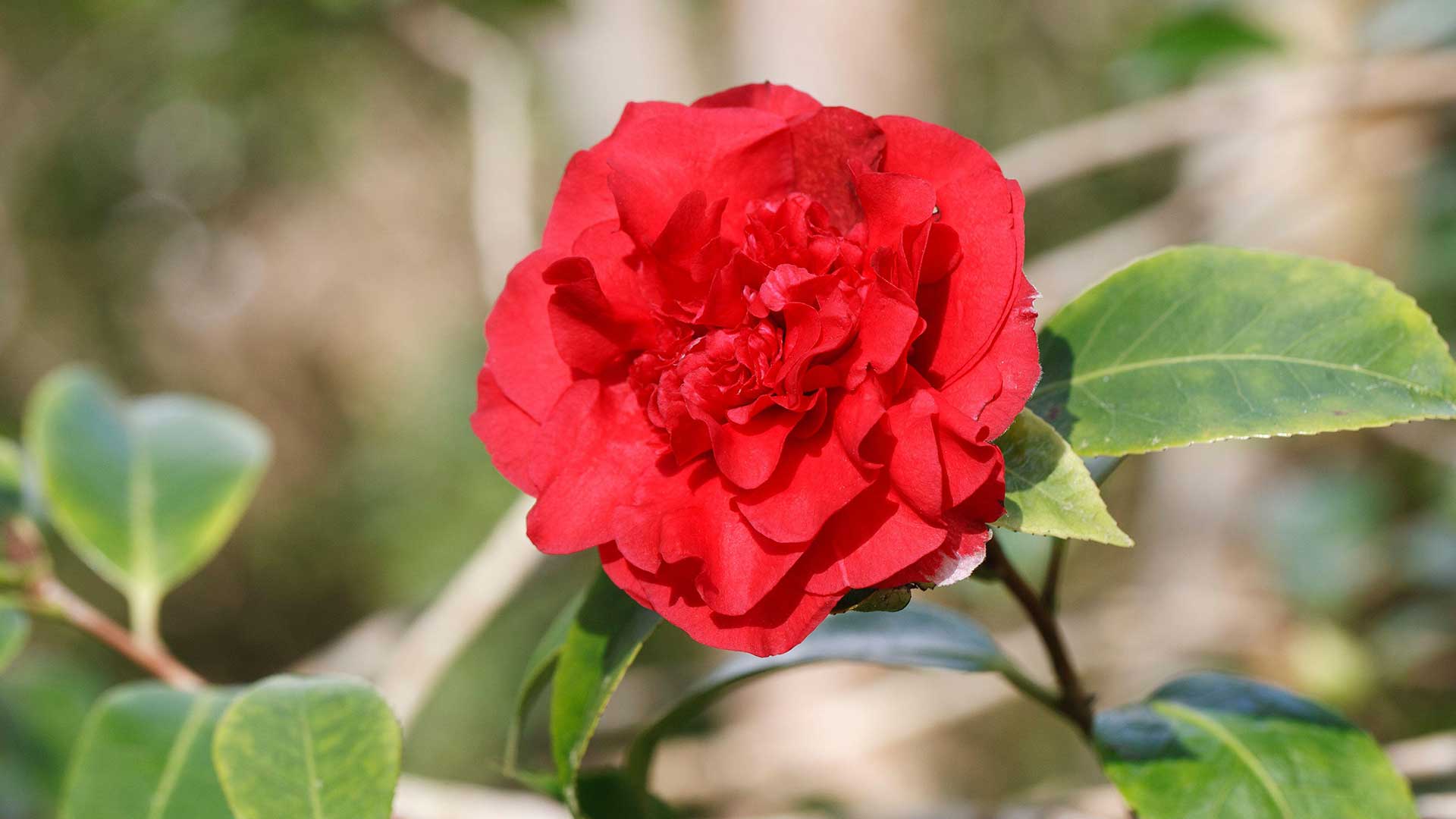
"Camellias are superb as the flowers look like roses in winter, and the foliage is evergreen, so you get a double hit," says Harriet. They make a wonderful winter bedding plant for lightly shaded spots, and Harriet shares that she often plants them in pots and troughs, too.
There are lots of varieties to choose from, some blooming earlier than others. For instance, "Winter's Toughie", which is available at Crocus from late spring, puts on a display of pink, semi-double blooms from October to December. For late-winter blooms instead, try "Ruby Wedding", which you can also order from Crocus in late spring. As its name suggests, it has deep red flowers, and these appear from February to April.
"Camellias need acid soil, so use ericaceous compost to surround the roots," Harriet says, adding how they are slow-growing, so it's best to buy them big.
2. Pachyphragma macrophyllum
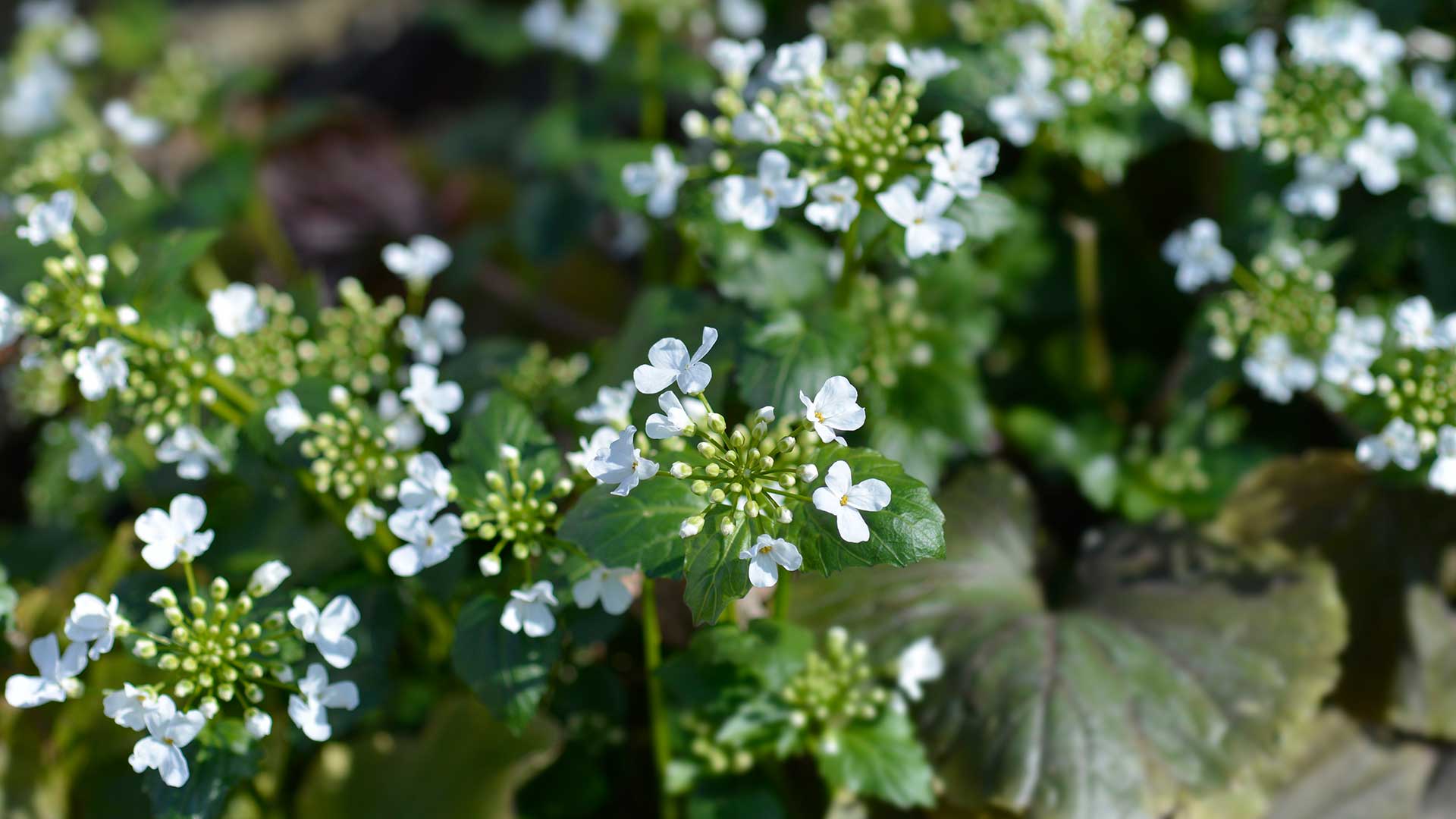
Gardening expert Sarah Raven says Pachyphragma macrophyllum is "superb when situated amid shrubs and trees during spring, displaying layer after layer of beautiful white flowers which appear for months on end."
Dickon Harding, gardens and landscape manager at Raby Castle Park and Gardens, also recommends it, calling it "a lovely herbaceous perennial". He notes how the basal leaf rosettes remain for most of the winter, and the small clusters of flowers are "very effective planted in large groups, to give bright patches among planting still to awaken". He also highlights how it's generally great for ground cover, as it's not invasive.
This alluring plant grows best in moist soil in partial shade but will tolerate full shade, too. Pachyphragma macrophyllum is available from Sarah Raven.
3. Sarcococca
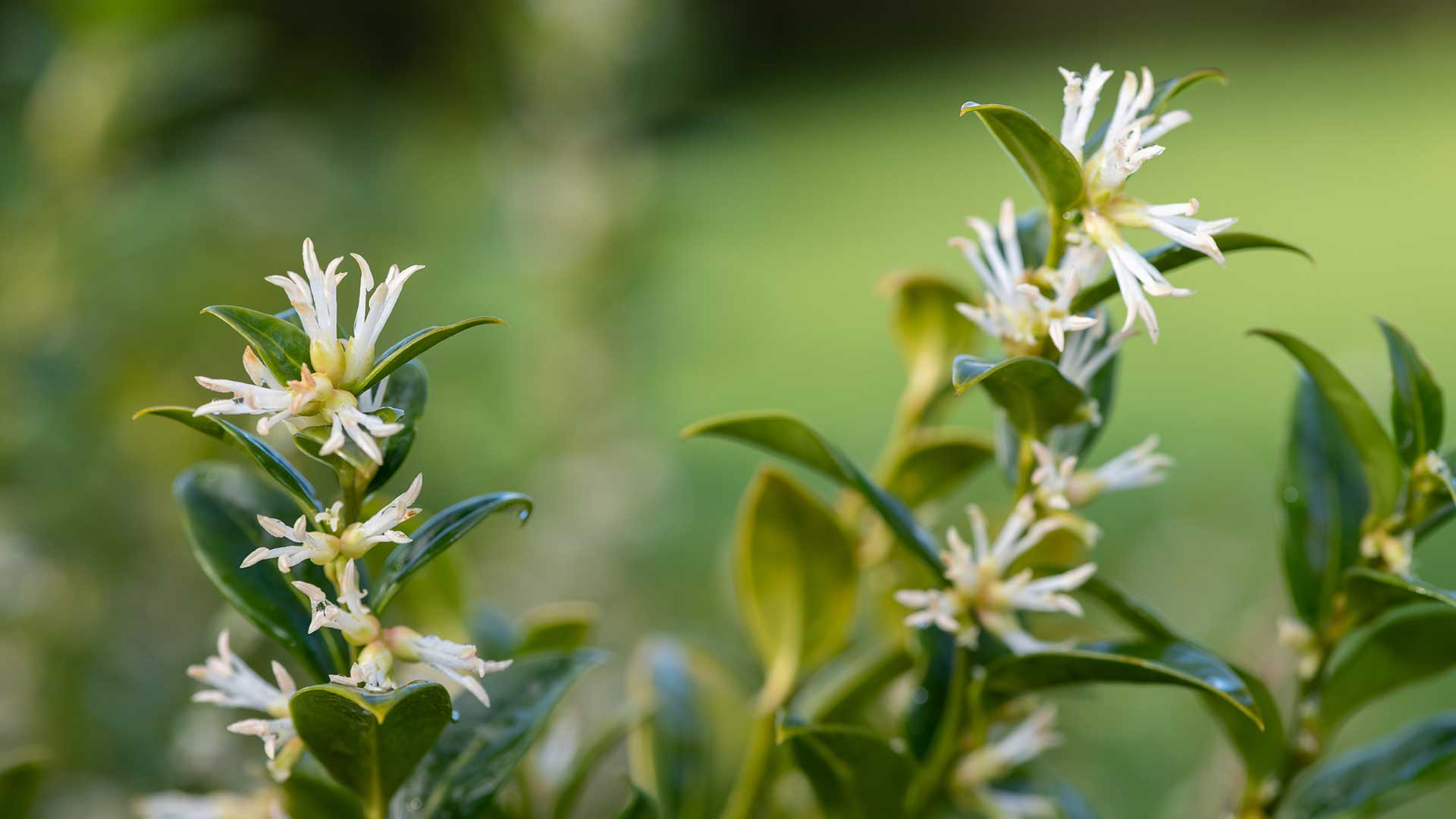
"Sarcococca don’t look like much, but they are evergreen and don’t mind dry shade, so are excellent fillers for tricky corners under trees," says Harriet. She also highlights how their tiny flowers have an extraordinarily powerful, honey-like scent in winter. So, if you're looking for fragrant plants for a shaded area in your garden, this shrub is a must.
As easy-care plants, they are a great choice for beginner gardeners. Just remember to water them in dry weather until they are established, and if you need to give them a trim, wait until the flowers have finished.
A range of sarcococca varieties is available at Crocus.
4. Astilbe
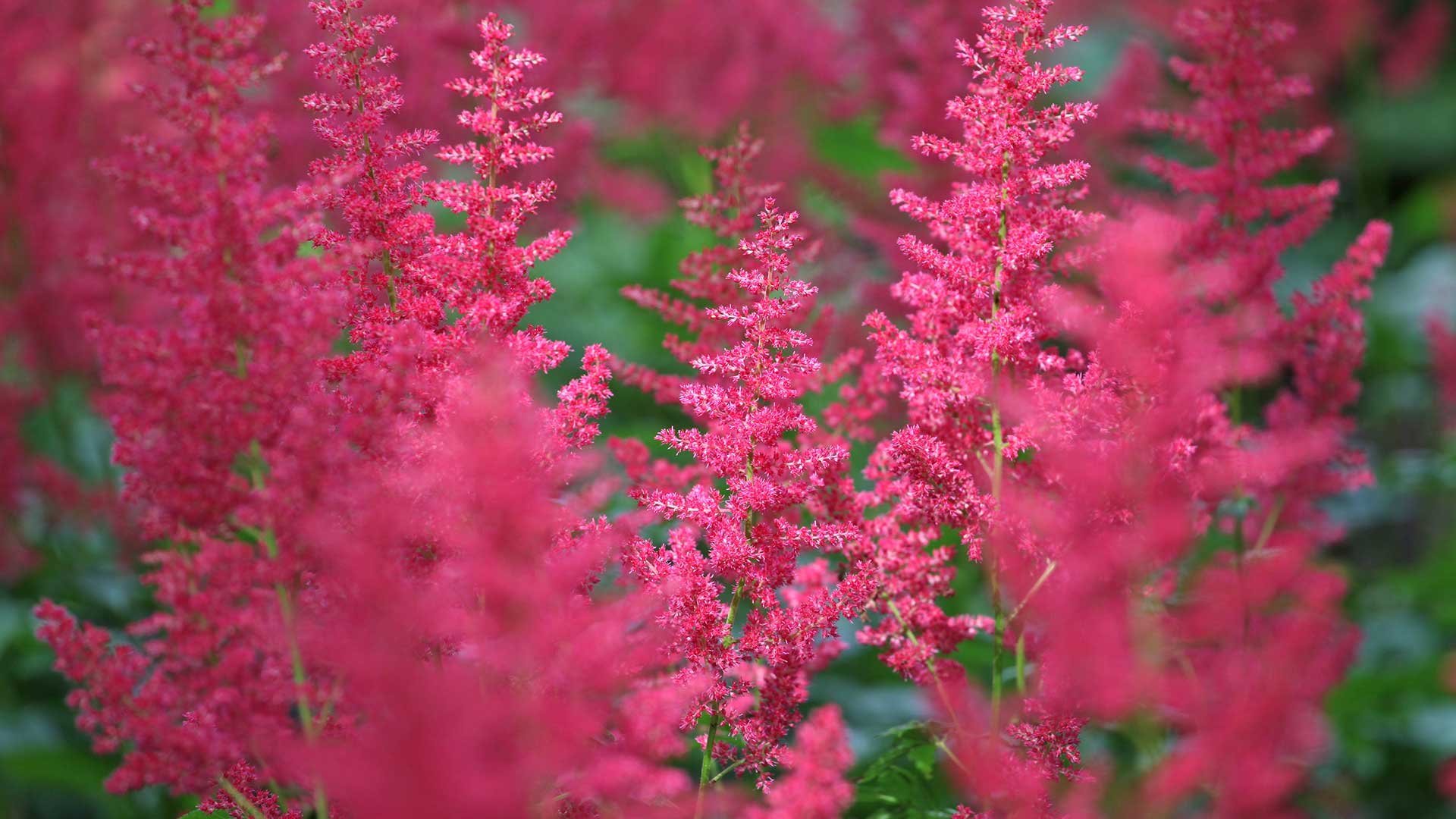
"Astilbes are great for adding height and texture to your garden and can be planted from spring until autumn," says Chris Bonnett, the founder of online garden centre GardeningExpress. "Astilbes are hardy and need rich, damp soil. For the first growing season, they’ll need regular watering around two to three times a week."
The summer blooms are truly spectacular, and an excellent addition to bouquets. "If you’re looking for elegance, consider astilbe ‘Bridal Veil’ which will provide you with soft white plumes," Chris says – at W&H, we think it's perfectly suited to the quiet luxury garden trend. "For a touch of colour and drama, opt for astilbe ‘Fanal’, a gorgeous deep red," he adds.
5. Epimedium
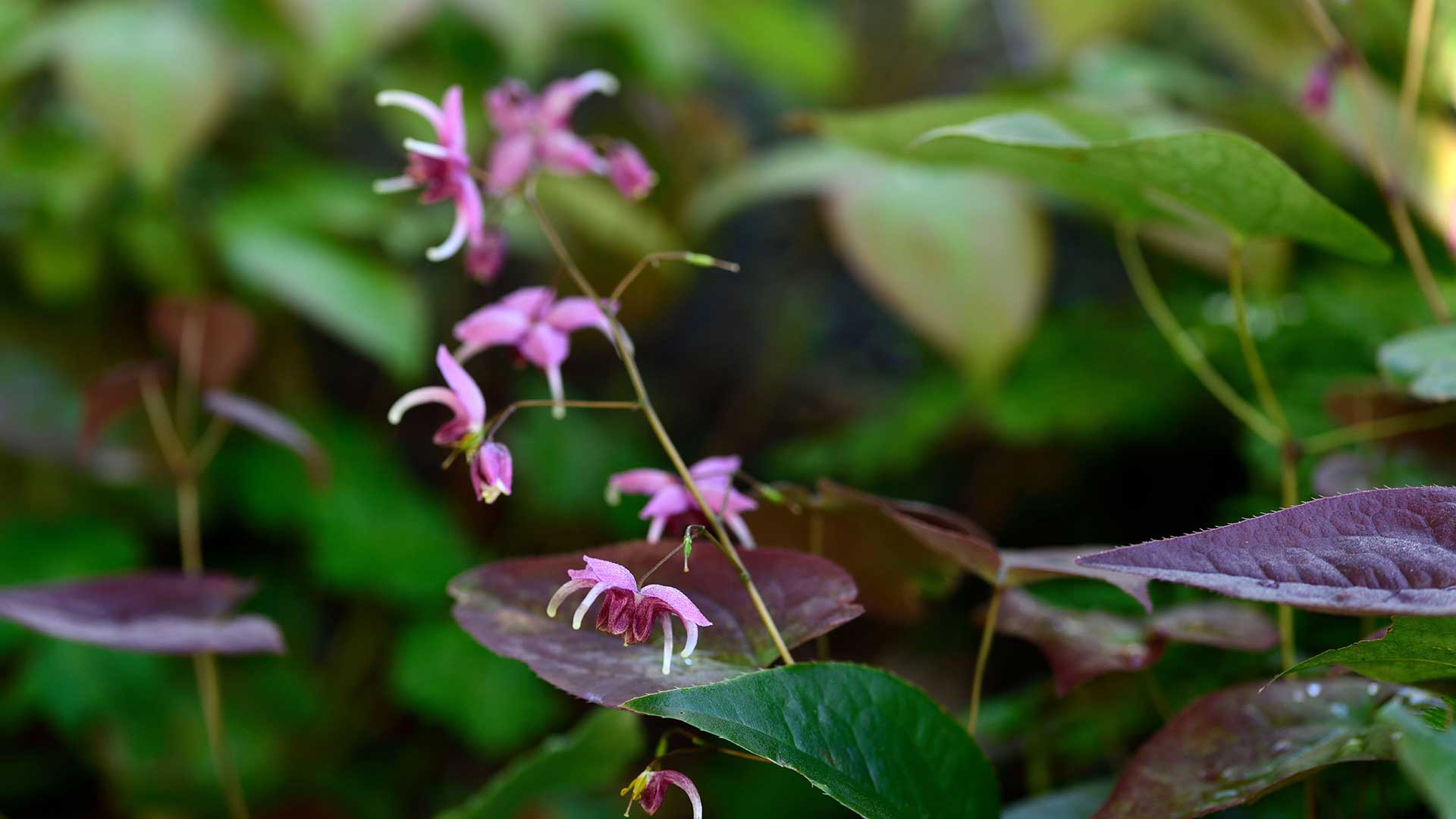
"Epimediums generally all prefer shade and many thrive in the dry shade beneath trees," says Dickon. "The foliage is not showy but has distinctive leaf shape with subtle hues. In the spring, delicate flowers hanging from slender stems add a magical touch to the understory."
He notes how they planted Epimedium stellulatum in drifts throughout the woodland at Raby Castle, a variety with leaves that take on a rich chocolate hue around late March. Alternatively, you could try "Pretty in Pink" epimedium from Crocus, which has purple-tinted leaves in spring and then again in autumn.
Epimediums work well as a ground cover due to their spreading habit. To keep them looking neat, old leaves can be cut back in spring, before new blooms appear.
6. Lesser periwinkle
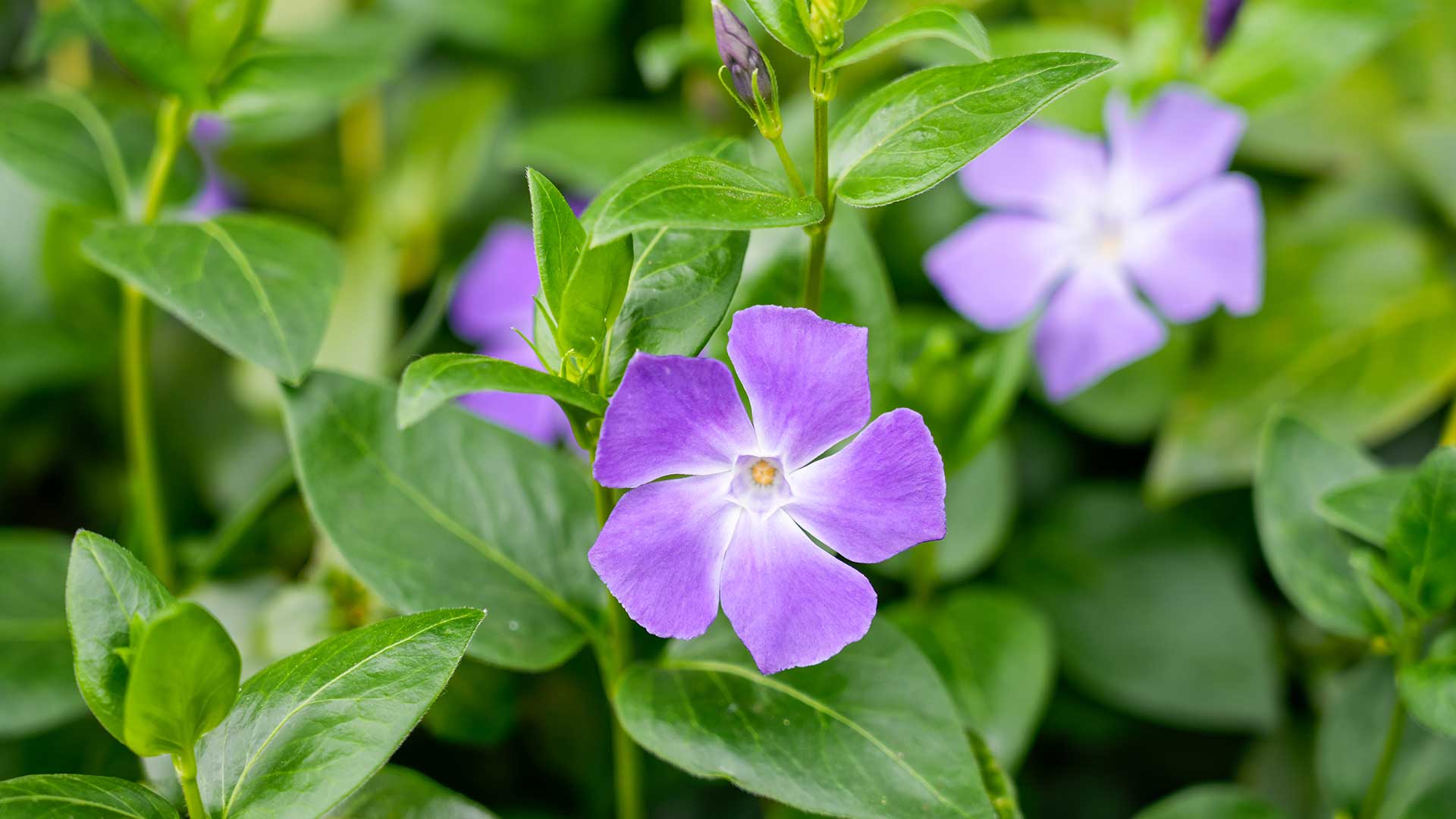
Periwinkles (Vinca minor and Vinca major) add dashes of purple to the garden in spring and summer. They have evergreen leaves, don't require much attention to thrive, and work well in both cottage gardens and more modern schemes.
"All the Vincas are great ground cover fillers for shady banks and corners, but they can take over and run wild, particularly Vinca Major," says Harriet. "The Vinca minors are useful to plant under shrubs and trees, as once established they make a good mat that can help to suppress weeds."
Try the award-winning "Bowles's Variety" from Crocus for a classic look, while Vinca minor f. alba "Gertrude Jekyll", also from Crocus, is unusual as it bears white blooms.
7. Japanese anemone
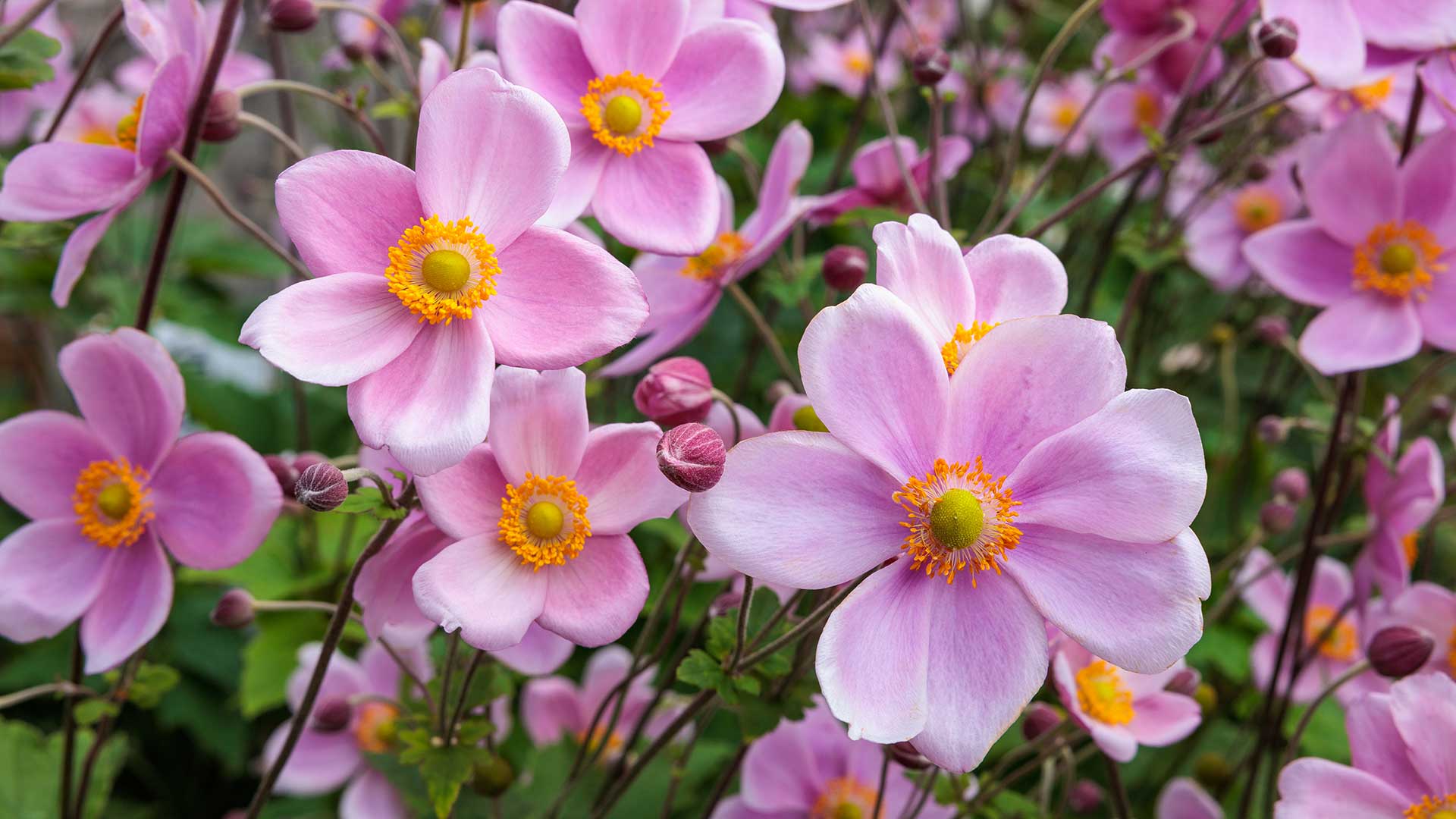
"One of my favourite flowering shade-lovers is the Japanese anemone, in white and pale pink," says Harriet. "They are diaphanous, delicate, and when mass-planted, they look like a sea of giant cherry blossom waving on tall stems."
However, Harriet also warns that they can be "thugs". "Japanese anemones are spreaders and take over a space, so are not for those who want a neat and tidy controlled garden," she says. But, if you're a fan of the rewilding garden trend, they could be perfect – and they're great for pollinators, too.
A late-summer flower, prune these perennials in spring before new growth begins, to remove the dead leaves. GardeningExpress has a wide selection of Japanese anemones available, including "Whirlwind", which has white, semi-double blooms.
8. Autumn moor grass
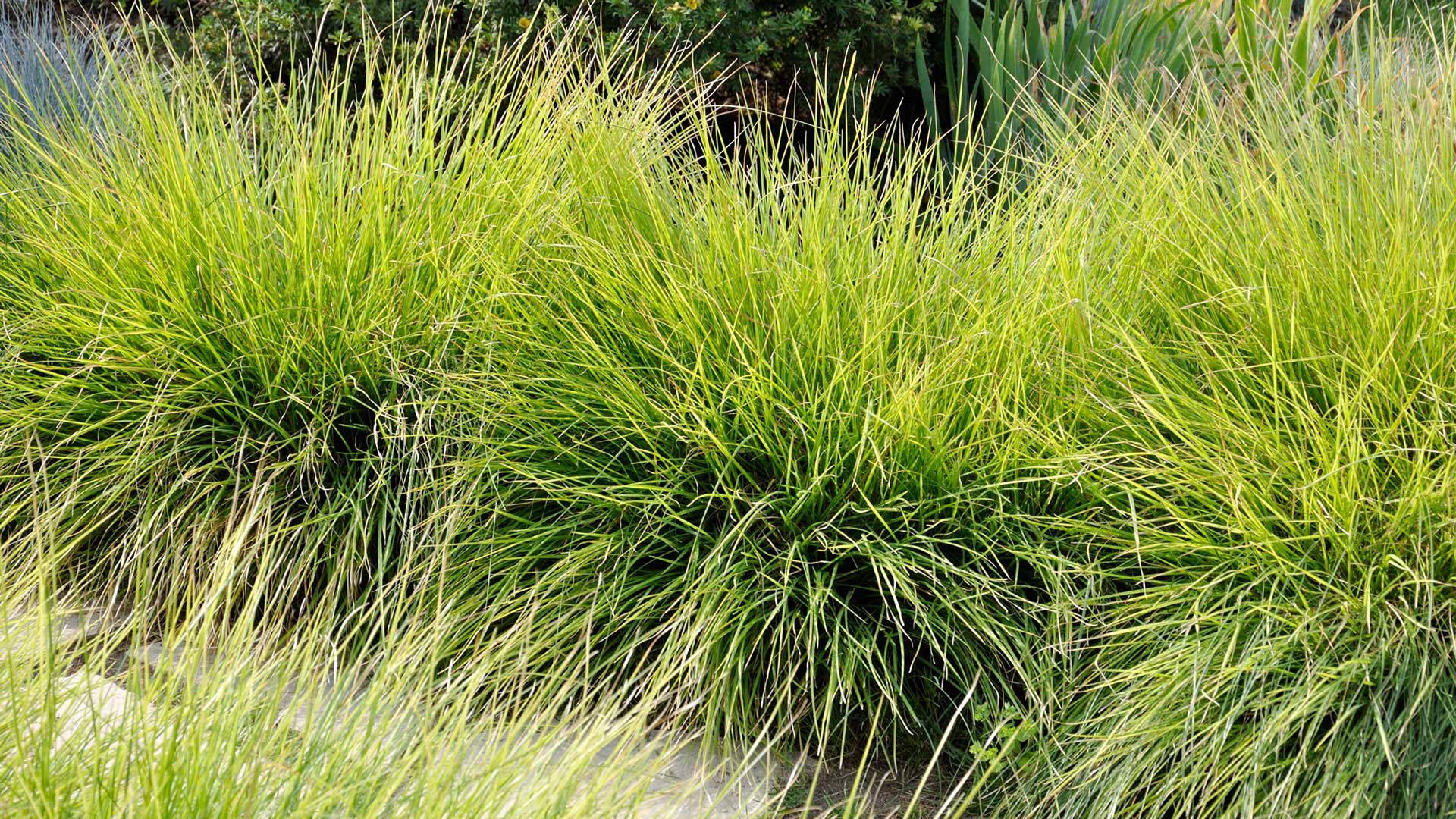
If you're looking for an ornamental grass that will work well in partial shade, try autumn moor grass, or Seslaria autumnalis. Recommended by Dickon, he highlights how they quickly form clumps, and when planted en-masse create wonderful movement as they swish about in waves. This creates a great counterpoint amongst more static plants, he adds.
"These are treated as an evergreen grass, though we do cut them back in the spring to encourage a flush of fresh growth," he says. Well-drained soil is best for these plants.
Sesleria autumnalis is available to order at Crocus from late spring. If you love sensory garden ideas, this plant is definitely worth adding to your shortlist.
FAQs
Do bulbs grow well in shade?
Many bulbs for colourful spring flowers, such as daffodils and tulips, generally prefer sunny spots. However, there are plenty that will thrive in shade.
Growing snowdrops is one option – a recommendation from Chris. "These small white flowers are very hardy and they love moist, well-drained soil," he says. He also notes how they prefer to be left alone once planted, making them low maintenance.
Other bulbs that will grow in shadier locations include bluebells, snake's head fritillaries, and hardy cyclamen.
Plant bulbs with caution, as they can be harmful to both humans and pets.
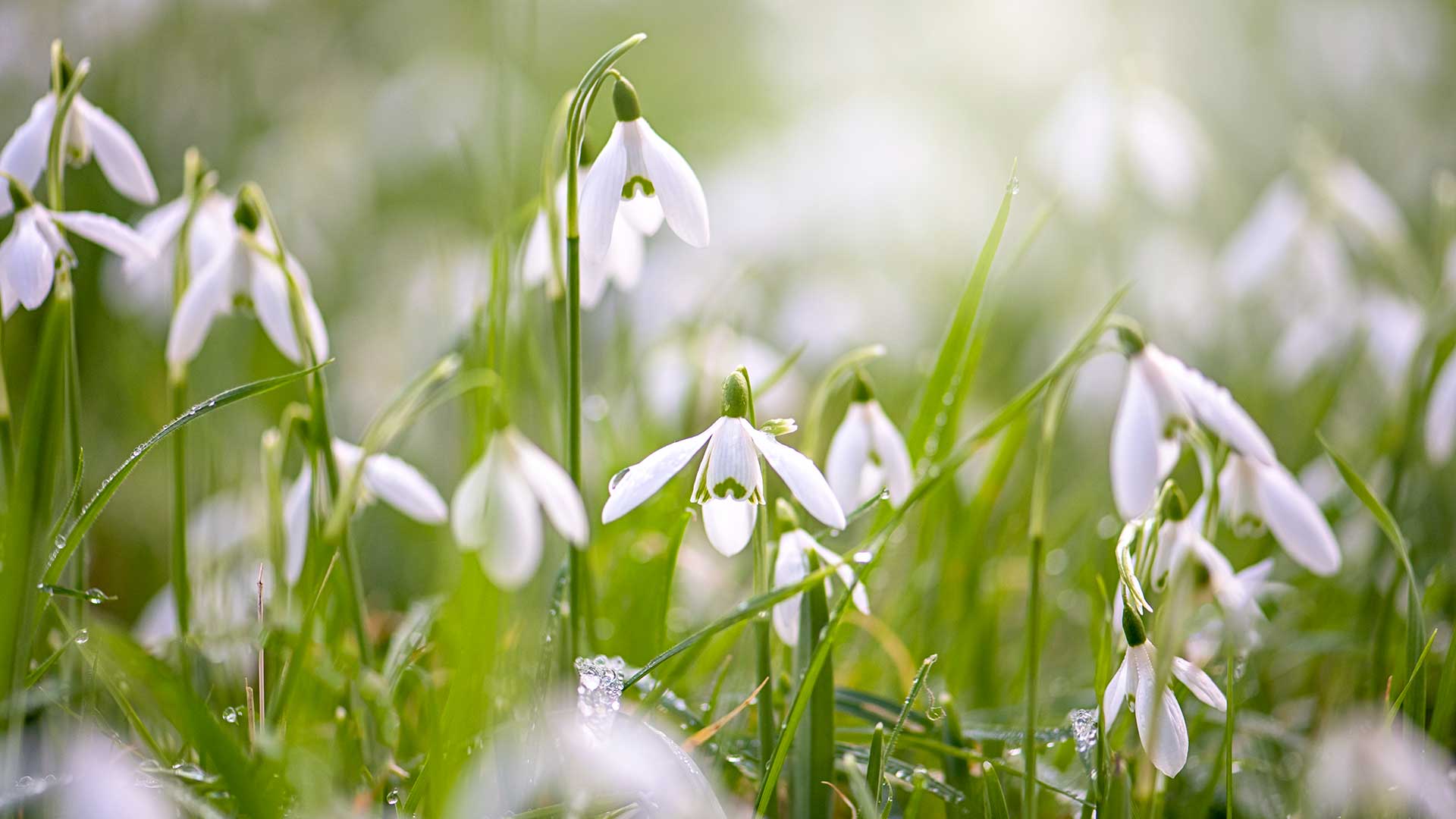
What are some good shade plants for pots?
"In the shadier corners of Perch Hill, I tend to fill a few pots and containers with colourful shade-loving plants that can add interest to those otherwise dull and dark areas," says Sarah Raven. "I adore petunias and fuchsias for this – they are really colourful and look nothing short of fabulous when potted together."
Lots of other plants for shade work well in pots, too, including the bulbs mentioned above. Hostas are also an excellent choice for gorgeous foliage, just be sure you know how to get rid of slugs. Remember that patio container plants dry out quicker than flowerbeds, so water them often in dry spells.
Shade plants are an important addition to most gardens, and spring is a great time to plan which ones to plant for the seasons ahead. It's also the perfect time to give your garden a sort out, so it's looking its best once the warmer weather comes around.







